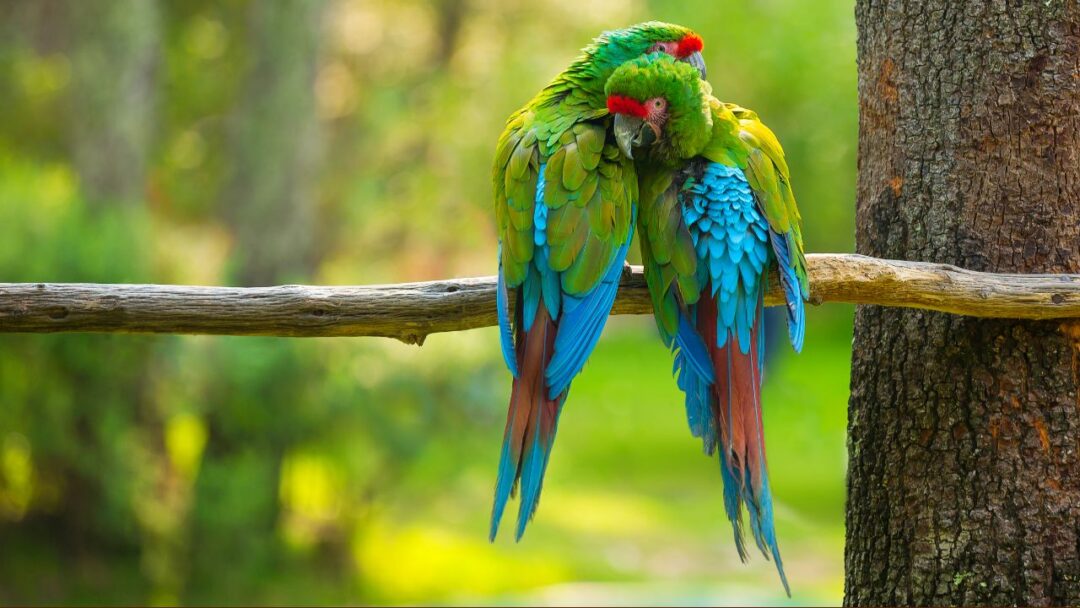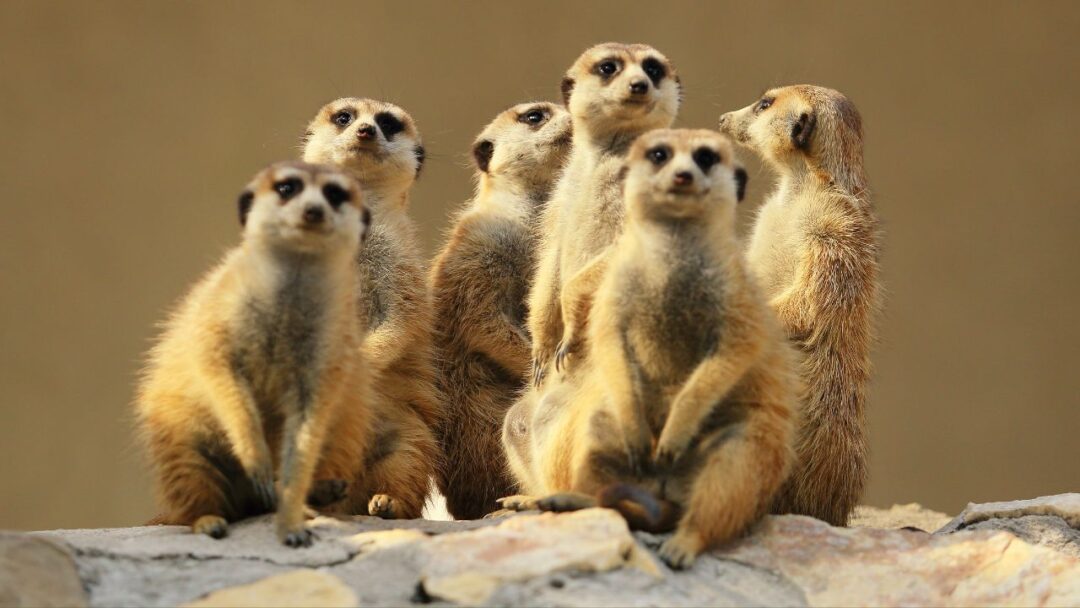Table of Contents

Introduction
Winged Wonders: Unveiling Avian Diversity and Behaviors. The avian world stands out as a vibrant and alluring realm in the vast tapestry of Earth’s various ecosystems. Birds have long fascinated humans due to their astounding variety of species and intriguing behaviors. Birds hold a special place in our hearts and our understanding of the natural world because of their graceful flight through the sky and their melodious songs that resound through forests. In this article, we set out on a fascinating journey to explore the amazing diversity of avian species and their fascinating behaviors.
Avian Adaptations: Masters of Flight
Birds are unrivaled flight masters, displaying a variety of adaptations that allow them to soar through the air with unparalleled grace. Each species has evolved distinct traits suited to its particular needs, from the streamlined bodies of birds of prey built for swift aerial pursuit to the long and slender wings of migratory birds. We explore the anatomy of flight, solving the puzzles of the wings, feathers, and hollow bones that give birds the ability to soar through the air.
Birdsong: A Symphony in the Sky
The melodious songs of birds fill the air with ethereal beauty, serving a multitude of purposes. We explore the world of avian communication, deciphering the meaning behind various songs and calls. From complex courtship songs that serenade potential mates to warning calls that alert others of potential threats, birds employ a rich repertoire of vocalizations. Additionally, we uncover the extraordinary ability of certain species to mimic sounds from their environment, including human speech, showcasing the remarkable diversity of avian vocalizations.
Migratory Marvels: Epic Journeys Across Continents
Birds’ melodic songs serve a variety of functions and fill the air with ethereal beauty. We investigate the world of avian communication and try to interpret the messages contained in different songs and calls. Birds use a wide variety of vocalizations, ranging from intricate courtship songs that serenade potential mates to warning calls that warn others of potential threats. Additionally, we demonstrate the astounding diversity of avian vocalizations by revealing the extraordinary capacity of some species to mimic sounds from their environment, including human speech.
Courtship and Breeding: A Display of Love and Beauty
Birds display a bewitching variety of courtship behaviors, where elaborate rituals and displays are essential to luring mates. We examine the various courtship techniques used by different species, from the elaborate peacock feather shows to the complex aerial acrobatics of birds of paradise. Watch the courtship dance as males compete to win females’ affections by displaying their strength and genetic superiority. We also look at how birds build their nests and raise their young, revealing the tenacity and maternal instincts that shape their family lives.
Spectacular Species: Unveiling Avian Diversity
As we highlight some of the most amazing and iconic bird species from around the world, enter the world of avian diversity. Each species, from the majestic raptors like the bald eagle and the peregrine falcon to the resplendent tropical birds like the resplendent quetzal and the vibrant hummingbirds, exhibits distinctive adaptations and behaviors that have captured the interest of nature enthusiasts all over the world.
Frequently Asked Questions (FAQ)
What are some fascinating bird species known for their vibrant plumage?
Numerous bird species are well known for having vibrant feathers. The magnificent Quetzal, Scarlet Macaw, Peacock, Mandarin Duck, and Gouldian Finch are a few noteworthy examples. The incredible variety of colors displayed by these birds catches the attention of nature lovers everywhere.
How do birds migrate over long distances?
For long distance migration, birds use a variety of mechanisms. They have the ability to navigate by using celestial indicators, such as the sun’s and stars’ positions. Along these amazing journeys, they follow landmarks, magnetic fields, and even their sense of smell.
What is the largest bird species in the world?
The ostrich holds the distinction of being the largest species of bird. These non-flying birds can get as tall as 9 feet and as heavy as 300 pounds. They can be found in parts of Africa, are incredibly fast, and lay the biggest eggs of any bird.
Can birds recognize themselves in mirrors?
While some birds exhibit signs of self-recognition, not all avian species have the capacity to recognize oneself in a mirror. Some species have shown mirror self-recognition, demonstrating a level of self-awareness, including the European Magpie and some parrots.
How do birds communicate with each other?
Birds communicate using a range of techniques, such as vocalizations, visual cues, body language, and even dancing. For territorial defense, luring mates, and upholding social bonds within their respective species, animals use songs, calls, and elaborate displays.
What is the purpose of bird songs?
Songs of birds have many uses. The main purposes of these behaviors are courtship, territorial defense, and interspecies communication. Songs are essential in avian social interactions because they can communicate details about identity, fitness, and reproductive status.
Can birds recognize human faces?
Some bird species, including pigeons and African Grey Parrots, have proven to be able to distinguish between human faces. They exhibit impressive cognitive abilities when they can learn to link particular people with particular behaviors.
How long do birds live on average?
Depending on the species, birds have a wide range of life spans. While larger species like parrots and eagles can live for several decades, smaller birds typically have shorter lifespans, ranging from a few years to a decade. In captivity, some parrots have been known to live for over 80 years.
How do birds build their nests?
Birds’ nest-building behaviors are astounding. To build their nests, they combine various materials like twigs, leaves, grass, feathers, and even mud. To meet the needs of their unique habitats and nesting requirements, various species use a variety of techniques and architectural designs.
Why do birds flock together?
Birds congregate for a variety of reasons, such as defense against predators, improved foraging conditions, and increased chances of finding mates. Birds that flock together can communicate with one another about food sources, migration paths, and potential threats.
Conclusion
The world of birds is full of incredible adaptations and mesmerizing behaviors, making it a veritable wonderland. Birds never cease to amaze and enchant us, whether it be with their breathtaking soaring raptor flights or the beautiful melodies they sing to us. It is crucial that we value and safeguard these amazing animals and their habitats as stewards of our planet. Let’s embrace the magnificent world of birds, honor their beauty, and be enthralled by their ethereal influence on our daily lives.
The Amazing Adaptations of Desert Plants and Animals : NEXT POST





Pingback: Eco-Friendly Travel: Sustainable Practices For Nature Enthusiasts | Animal TV Hindi